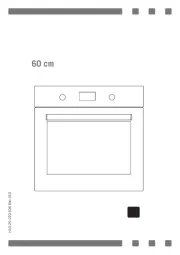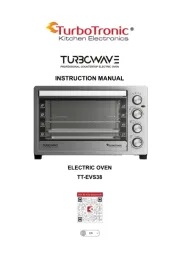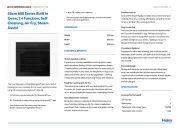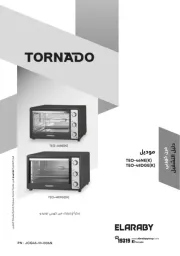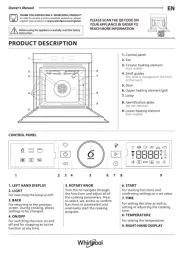KitchenAid KDRS463VSD Manual
Læs gratis den danske manual til KitchenAid KDRS463VSD (68 sider) i kategorien Ovn. Denne vejledning er vurderet som hjælpsom af 13 personer og har en gennemsnitlig bedømmelse på 4.7 stjerner ud af 7 anmeldelser.
Har du et spørgsmål om KitchenAid KDRS463VSD, eller vil du spørge andre brugere om produktet?

Produkt Specifikationer
| Mærke: | KitchenAid |
| Kategori: | Ovn |
| Model: | KDRS463VSD |
Har du brug for hjælp?
Hvis du har brug for hjælp til KitchenAid KDRS463VSD stil et spørgsmål nedenfor, og andre brugere vil svare dig
Ovn KitchenAid Manualer
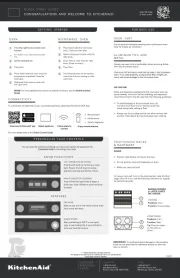
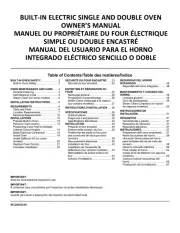
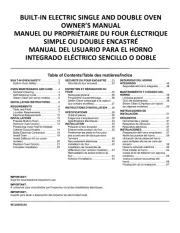
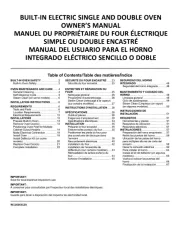
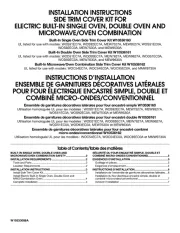





Ovn Manualer
- Grunkel
- H.Koenig
- Bush
- Hoover-Helkama
- Gram
- VENINI
- Triomph
- Exquisit
- Hisense
- Salton
- Esatto
- Platypus
- Frilec
- Schock
- Mora
Nyeste Ovn Manualer





